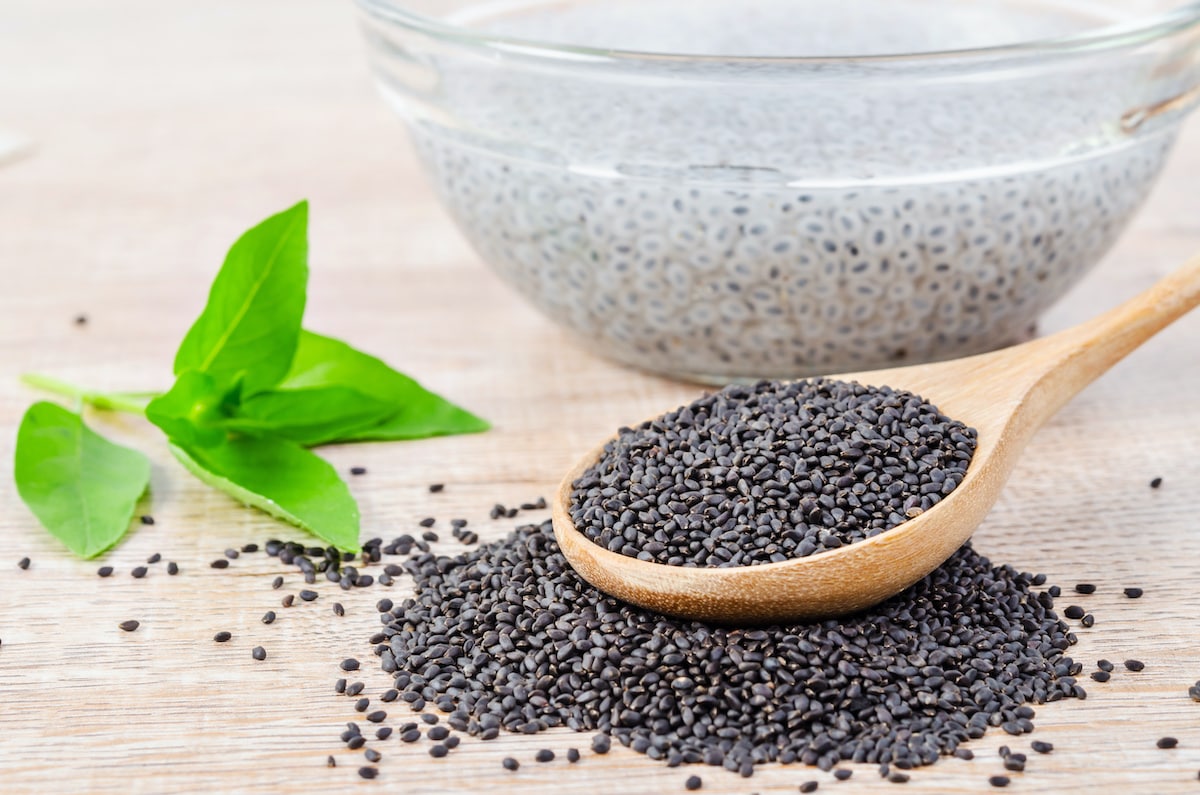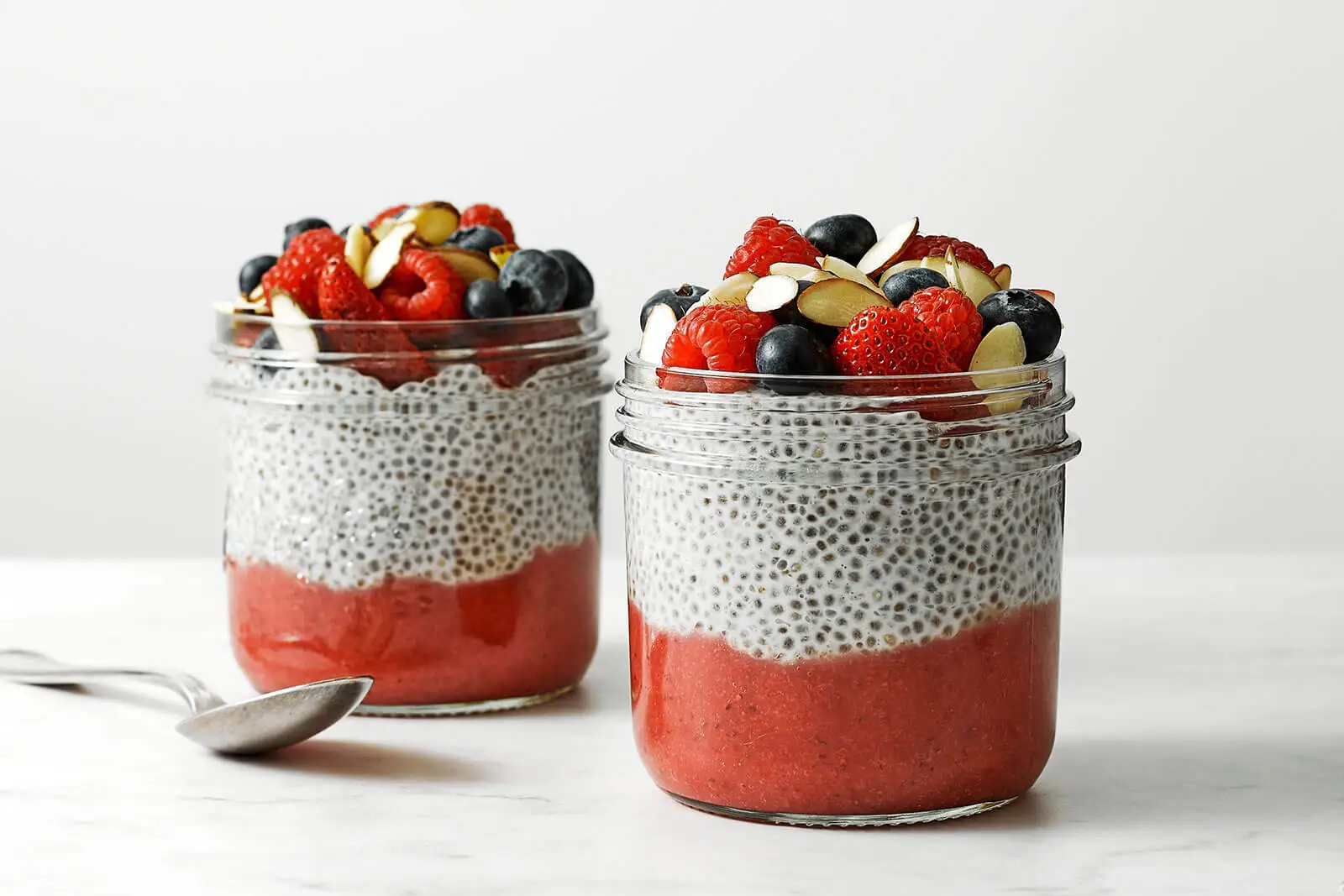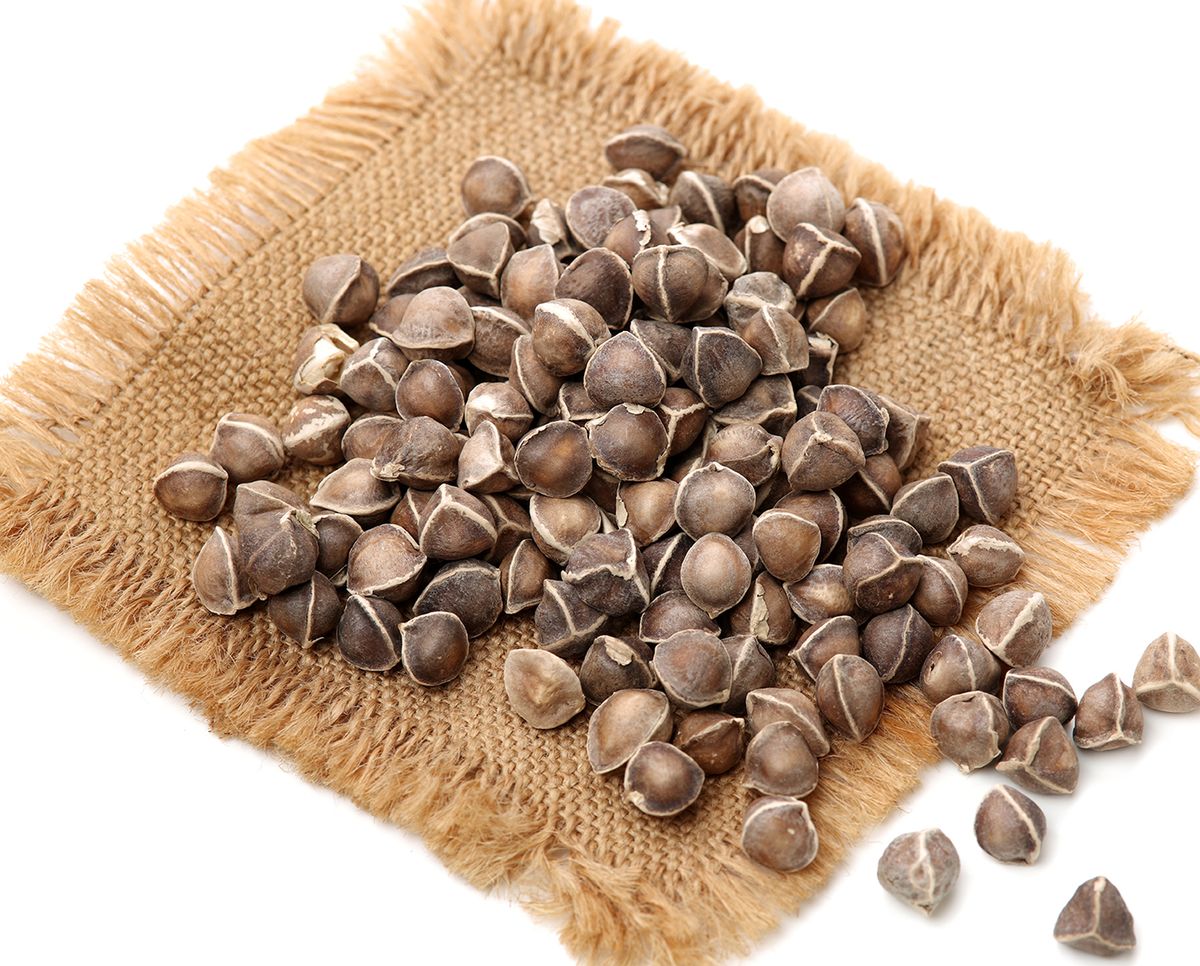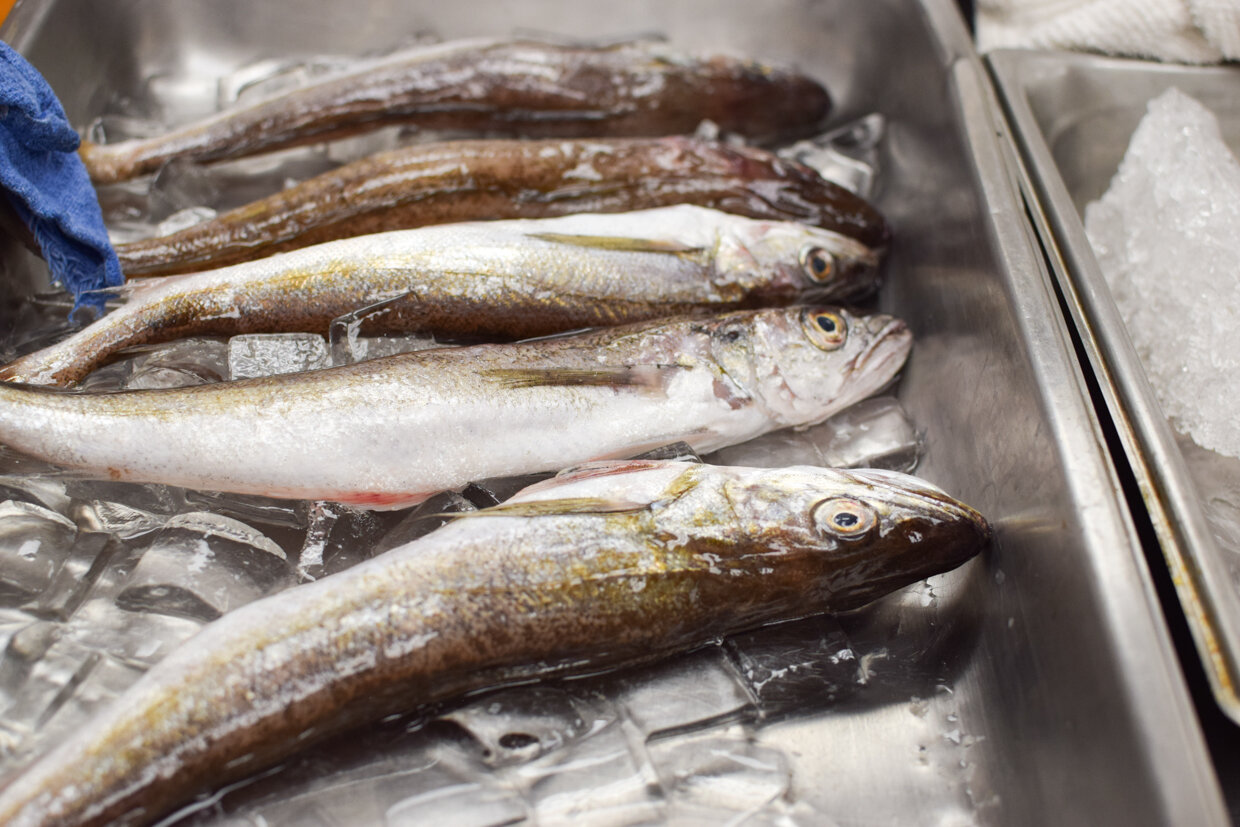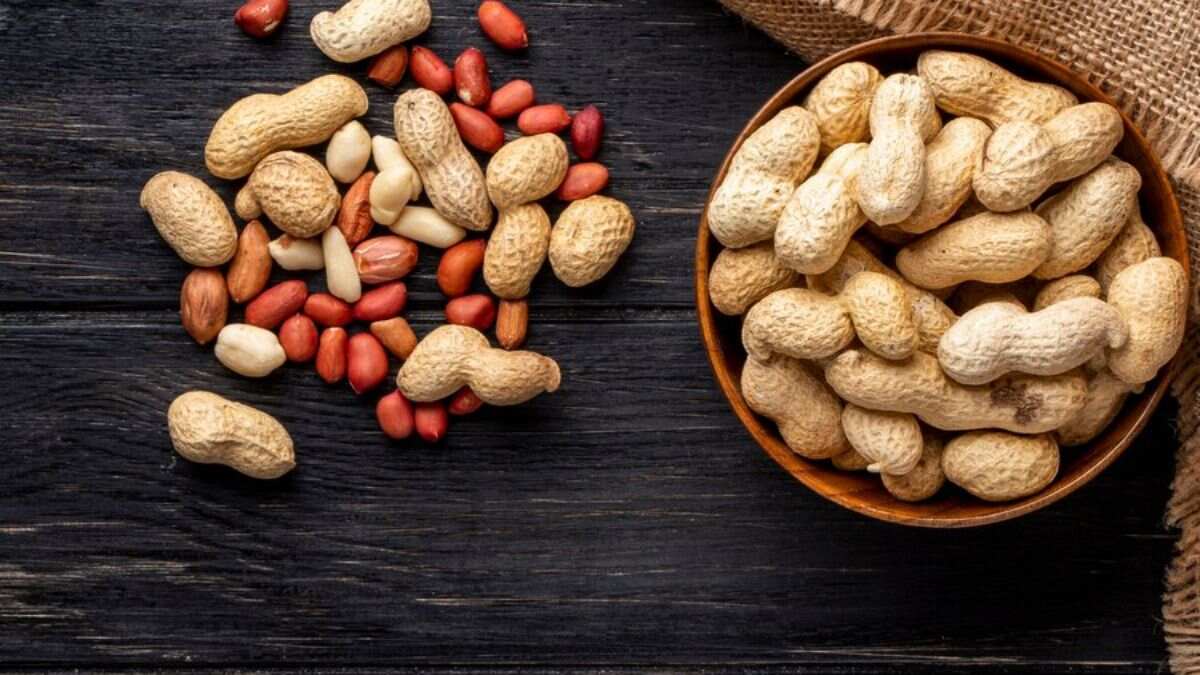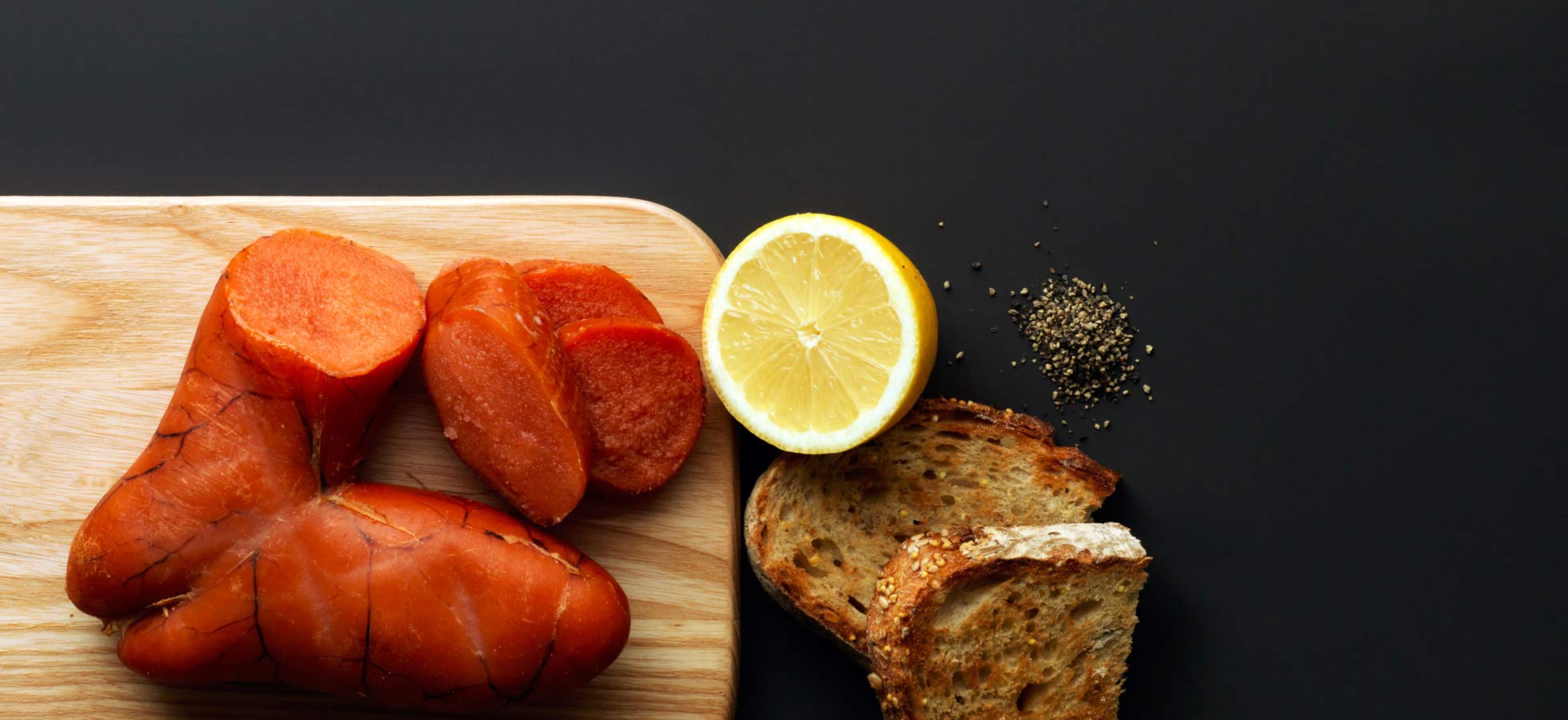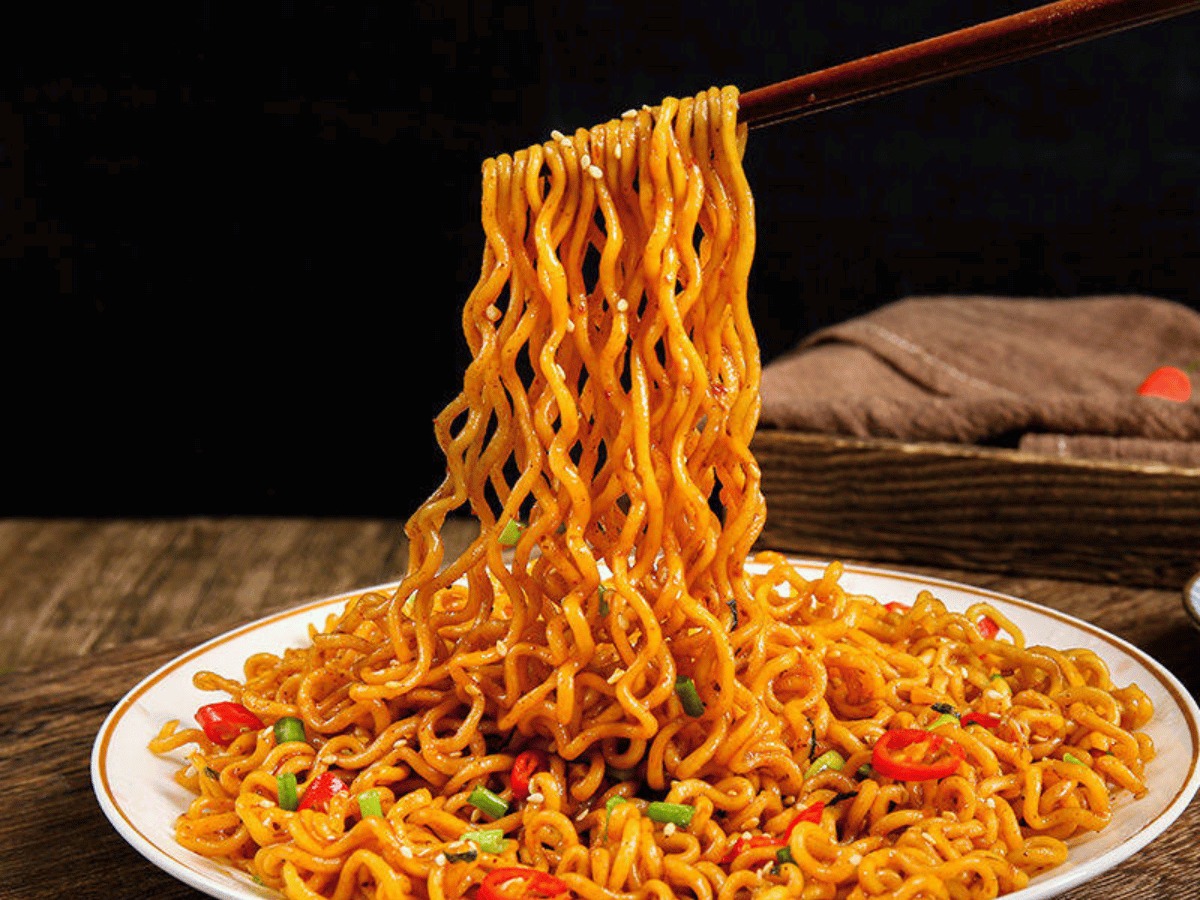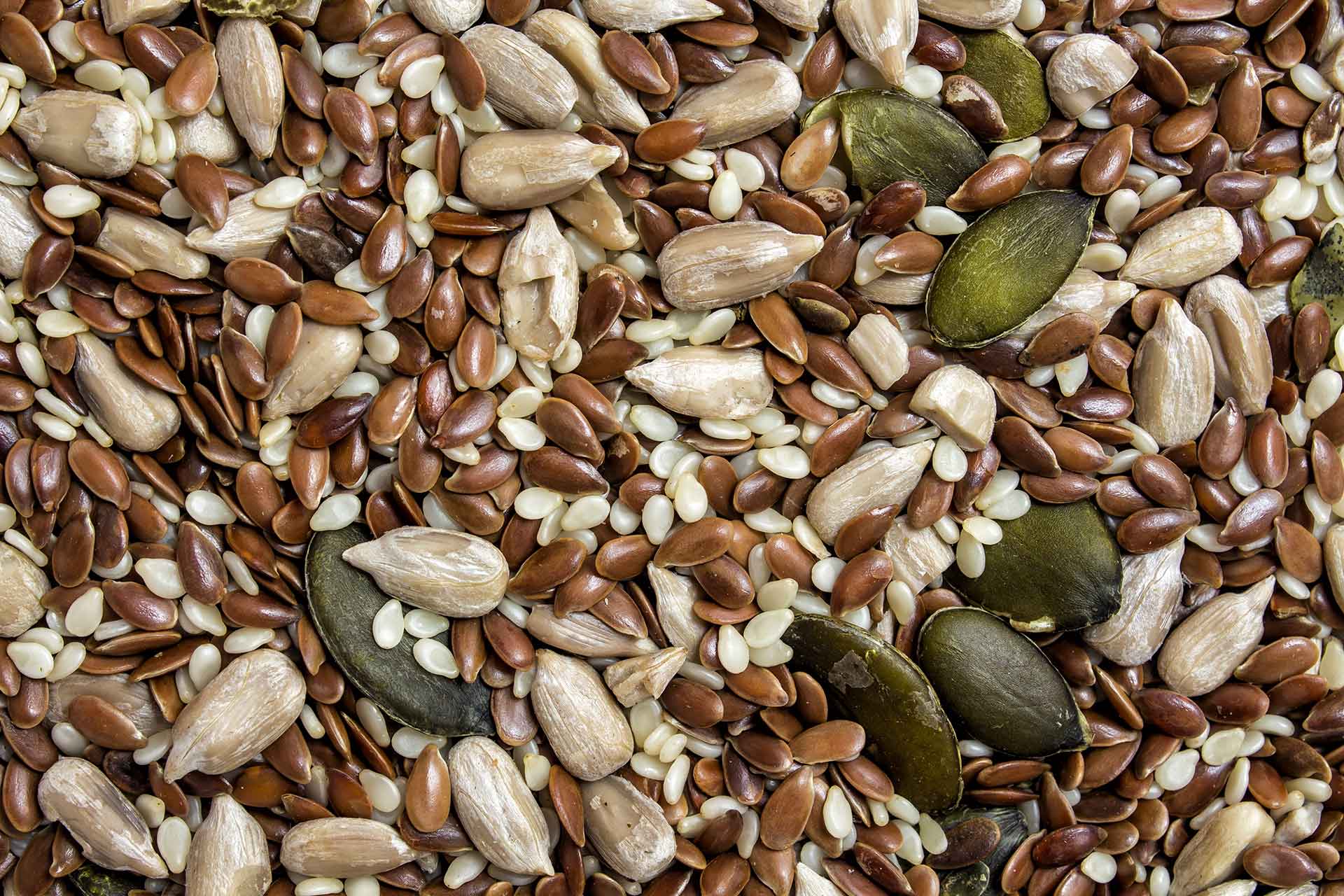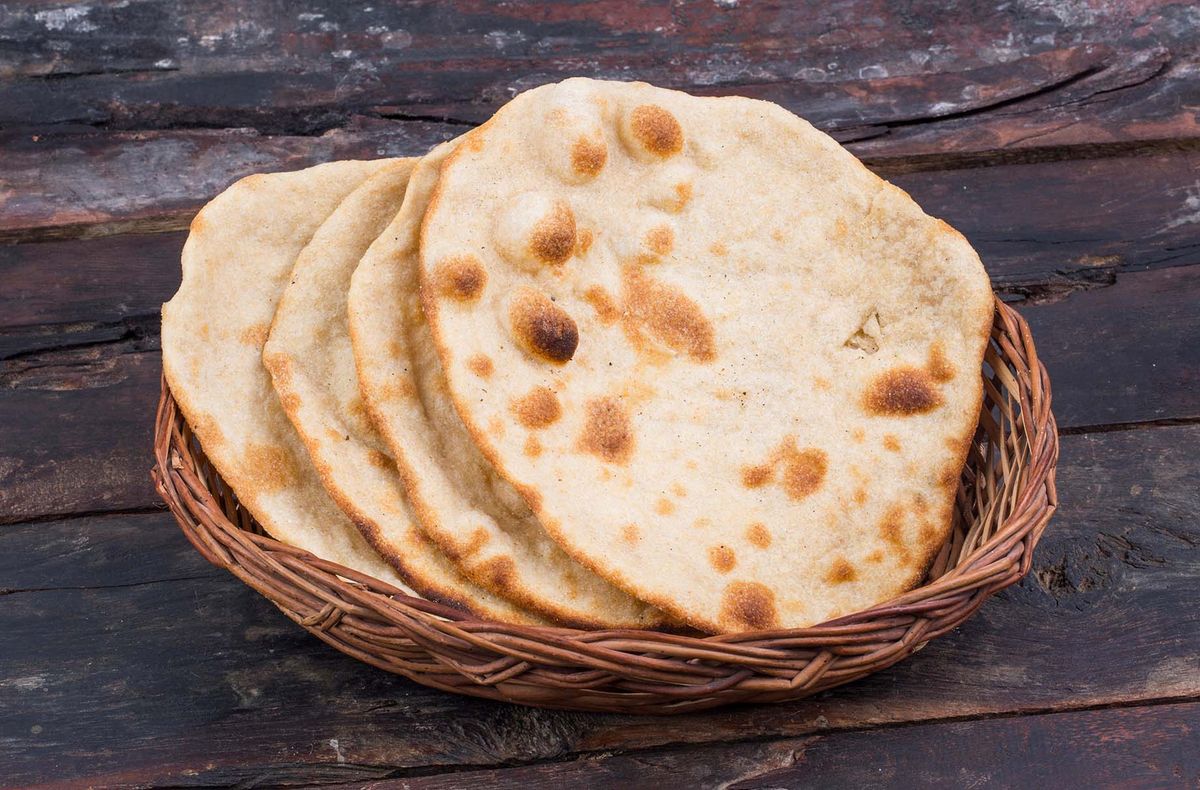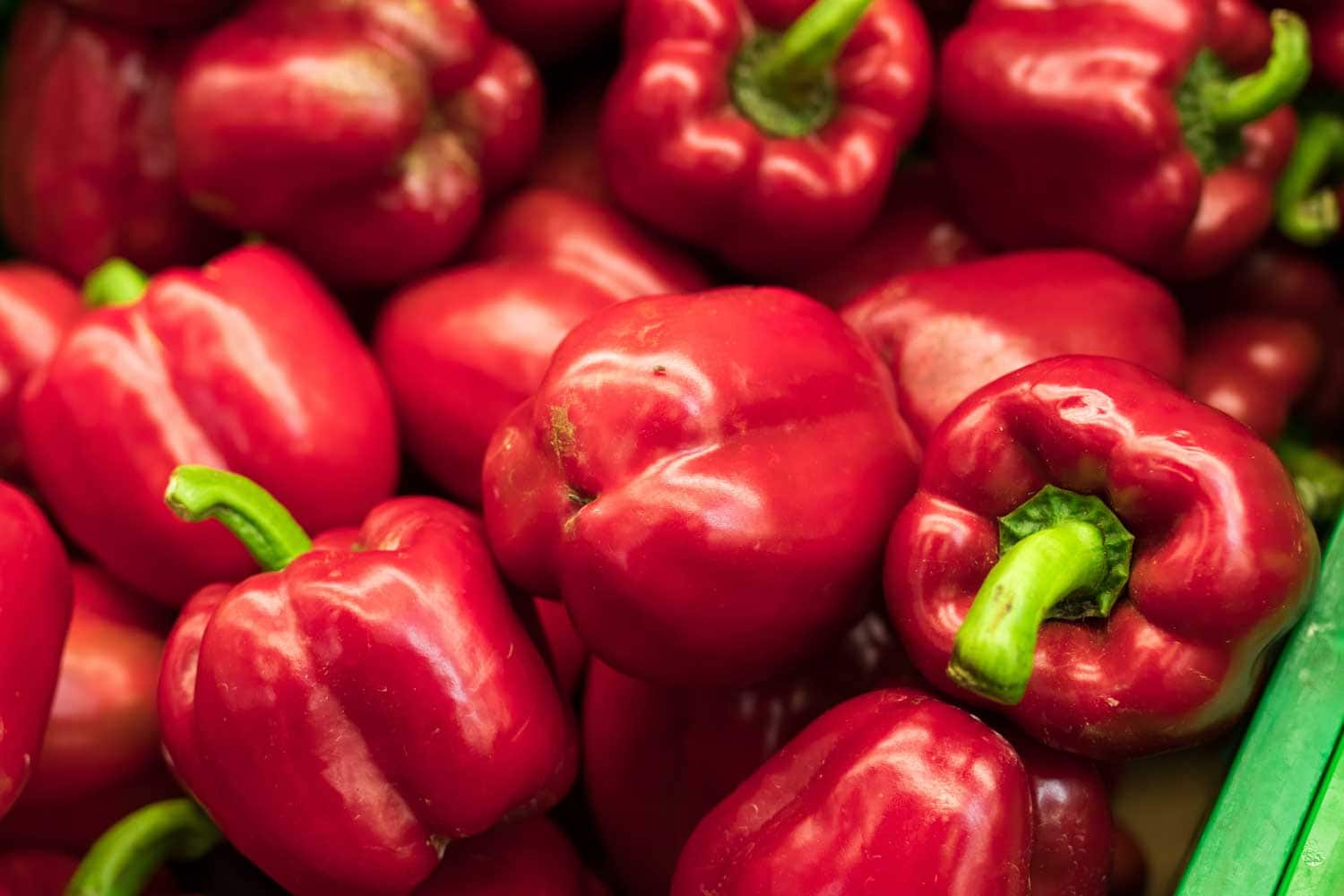Discover the Benefits of Soaked Sabja Seeds
If you are looking for a healthy and nutritious addition to your diet, soaked sabja seeds are a great option to consider. Also known as basil seeds or tukmaria, these tiny black seeds are packed with essential nutrients and offer a range of health benefits. In this article, we will explore the various ways you can incorporate soaked sabja seeds into your diet and reap the benefits they have to offer.
How to Soak Sabja Seeds
Before we delve into the different ways to consume soaked sabja seeds, let’s first understand how to properly soak them. Follow these simple steps to prepare soaked sabja seeds:
- Take a tablespoon of sabja seeds in a bowl.
- Add about a cup of water to the bowl.
- Let the seeds soak in the water for 15-20 minutes.
- After soaking, the seeds will swell up and form a gelatinous outer layer.
Once the sabja seeds are soaked, they are ready to be consumed and can be added to various dishes to enhance their nutritional value.
Ways to Eat Soaked Sabja Seeds
Now that you have your soaked sabja seeds ready, here are some delicious and healthy ways to incorporate them into your diet:
1. Sabja Seed Drink
One of the simplest ways to consume soaked sabja seeds is by adding them to your favorite beverages. You can mix them into lemonade, coconut water, or even buttermilk for a refreshing and nutritious drink. The seeds add a unique texture to the drink and provide a boost of fiber and essential nutrients.
2. Sabja Seed Pudding
Create a delightful and healthy pudding by combining soaked sabja seeds with milk, honey, and your choice of fruits such as mango or strawberries. This makes for a satisfying dessert or snack that is not only delicious but also rich in antioxidants and fiber.
3. Sabja Seed Yogurt Parfait
Layer soaked sabja seeds with yogurt, granola, and fresh fruits to make a nutritious and filling parfait. This makes for a great breakfast option or a wholesome midday snack that will keep you energized and satisfied.
4. Sabja Seed Smoothie
Add soaked sabja seeds to your favorite smoothie recipe for an extra nutritional boost. Blend them with fruits, leafy greens, and a liquid base of your choice to create a creamy and nutrient-dense smoothie that is perfect for a quick and healthy meal on the go.
5. Sabja Seed Salad Topping
Sprinkle soaked sabja seeds on top of your salads to add a crunchy texture and a dose of healthy fats and fiber. They complement both fruit and vegetable salads, adding a nutritional punch to your meal.
Health Benefits of Soaked Sabja Seeds
Soaked sabja seeds offer a range of health benefits, including:
- Rich in Fiber: Sabja seeds are an excellent source of dietary fiber, which aids in digestion and promotes a feeling of fullness.
- Antioxidant Properties: These seeds are packed with antioxidants that help protect the body from oxidative stress and inflammation.
- Hydration: When soaked, sabja seeds develop a gel-like coating that helps keep the body hydrated and cool, making them a popular choice during hot weather.
- Regulates Blood Sugar: The fiber content in sabja seeds can help regulate blood sugar levels, making them beneficial for individuals with diabetes.
- Rich in Nutrients: Despite their small size, sabja seeds are rich in essential nutrients such as iron, magnesium, and calcium, which are important for overall health.
By incorporating soaked sabja seeds into your diet, you can enjoy these health benefits and enhance the nutritional value of your meals.
Final Thoughts
Soaked sabja seeds are a versatile and nutritious addition to any diet. Whether you choose to enjoy them in drinks, puddings, or smoothies, these tiny seeds offer a range of health benefits and can elevate the nutritional content of your meals. So, go ahead and start incorporating soaked sabja seeds into your daily routine to experience the goodness they have to offer!
